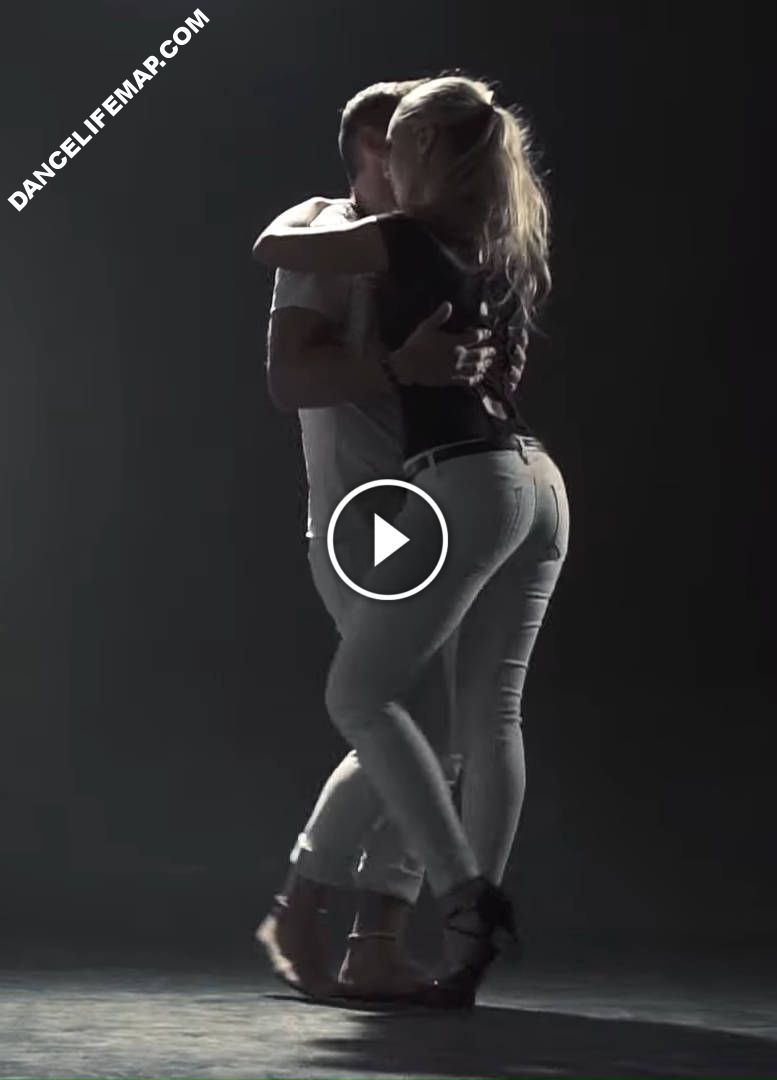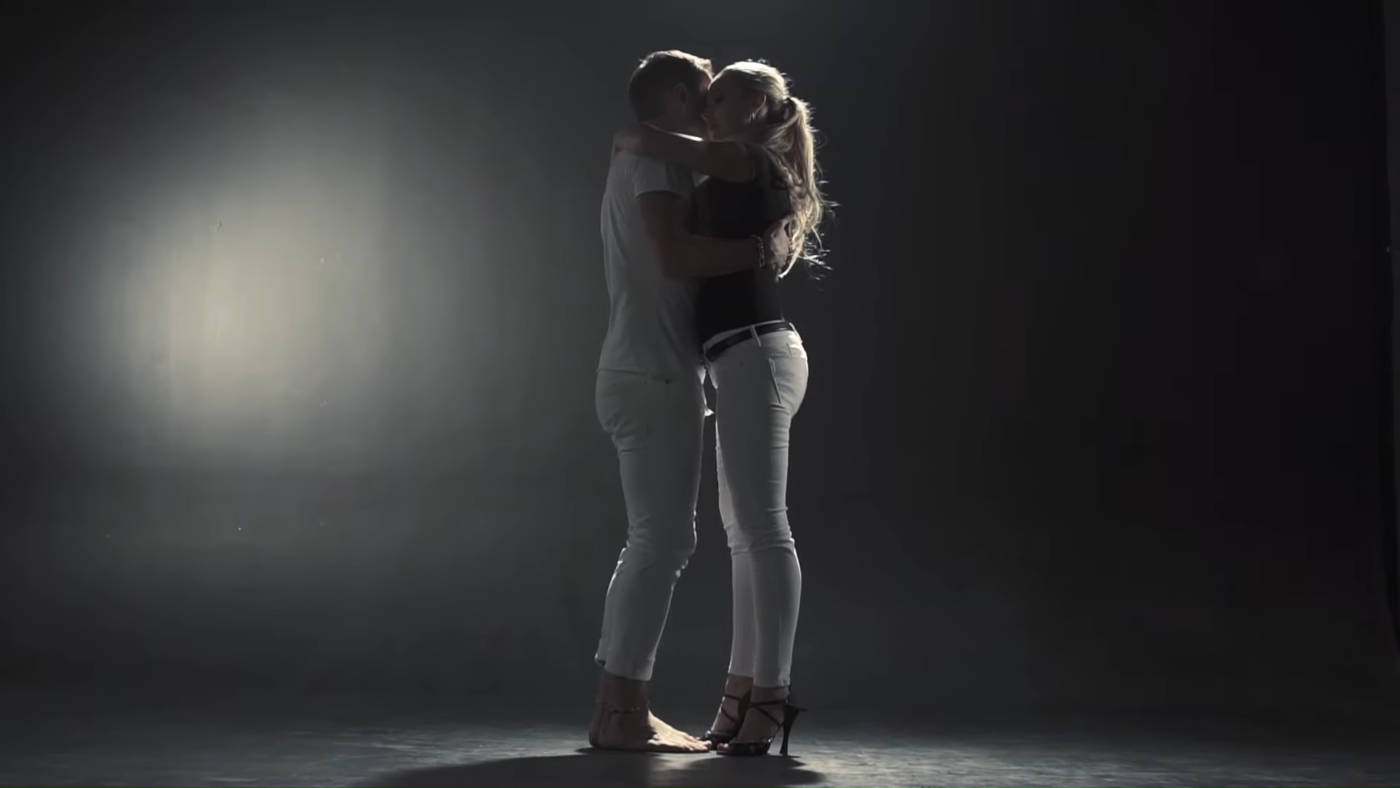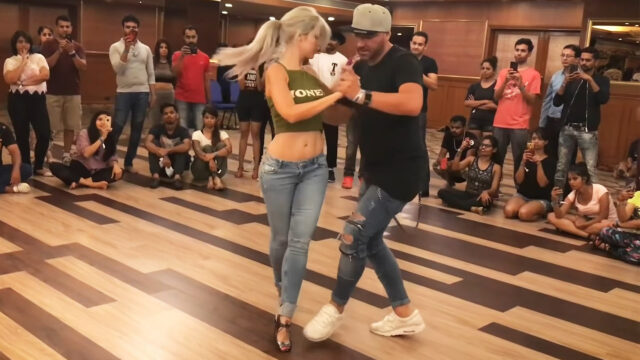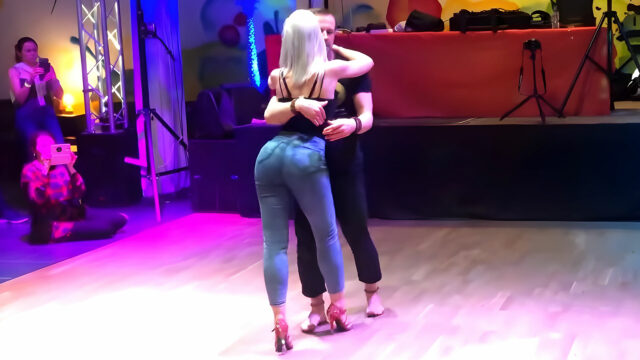Kizomba is a popular dance and music style that originated in Angola in the 1980s. It is characterized by its smooth and sensual movements, as well as its use of improvisation. Improvisation plays a crucial role in kizomba, allowing dancers to express themselves creatively and respond to the music in the moment. Check out this video of Kristofer and Rita as an example.

Kristofer Mencák and Rita Ravado are two highly respected and talented kizomba dancers. Mencák, originally from Sweden, has been dancing kizomba for over a decade and is known for his smooth and sensual style. He has a strong understanding of the music and uses improvisation to bring out the emotions and energy of the song. He is also a talented teacher, and has taught kizomba workshops and classes around the world.
- Sara Lopez & Ivo Vieira: Captivating Kizomba to African Woman
- How Difficult is Kizomba to Learn?
- Curvy Girls Have This Secret Weapon for Insane Kizomba Skills
Improvisation in kizomba begins with the music itself. The tempo and rhythm of the music can vary widely, providing ample opportunity for dancers to improvise and showcase their creativity.
In kizomba, the lead dancer, typically a man, sets the tone and direction for the dance, while the follow, typically a woman, responds and reacts to the lead’s movements. The lead dancer uses subtle cues and body language to guide the follow and create a connection between the two dancers. The follow, in turn, uses her own body language and improvisational skills to respond and add to the dance.
Improvisation in kizomba also involves a strong focus on connection and communication between the dancers. The lead and follow must be attuned to each other’s movements and be able to anticipate and respond to each other’s changes in direction and tempo. This requires a high level of trust and communication between the dancers, which can be developed over time through practice and experience.
In addition to the lead and follow, kizomba also includes a number of other improvisational elements, such as turns, tricks, and footwork variations. These elements allow dancers to express themselves creatively and add their own flair and style to the dance.
Overall, improvisation is an integral part of this kizomba, allowing dancers to express themselves however they want and respond to the music in the moment. It requires a strong connection and communication between the dancers, as well as a deep understanding of the music and the dance itself.
If you enjoyed our today’s video, you are more than welcome to share it with your friends and let them know what you think about it. Also, consider checking out our most recent posts and stay in touch. Cheers!






